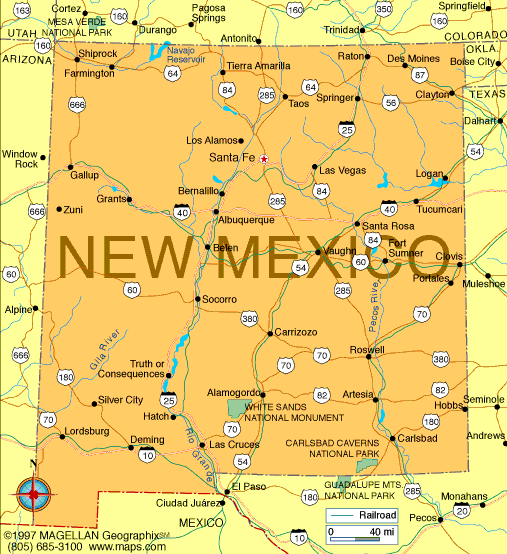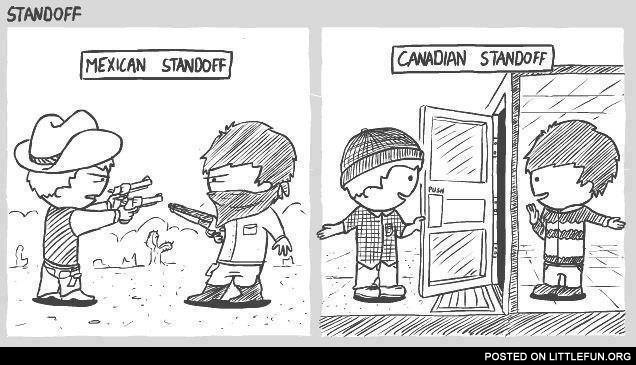The state of New Mexico named for the country of Mexico.
The only American state named after a country.
New Mexico (Spanish: Nuevo México pronounced: [ˈnweβo ˈmexiko] locally: [ˈnwẽβo ˈmeχiko]; Navajo: Yootó Hahoodzo [jò:txó hàhò:tsò]) is a state located in the southwestern region of the United States of America. It was admitted to the Union as the 47th state on January 6, 1912. It is usually considered one of the Mountain States. New Mexico is fifth by area, the 36th-most populous, and the sixth-least densely populated of the 50 United States.
Inhabited by Native Americans for thousands of years before European exploration, New Mexico was colonized by the Spanish in 1598 Imperial Spanish viceroyalty of New Spain "Mexico". Later, it was part of independent Mexico before becoming a U.S. territory and eventually a U.S. state as a result of the Mexican–American War. Among U.S. states, New Mexico has the highest percentage of Hispanics, including descendants of the original Mexican settlers,Tlaxcalan Mexican native colonists who have lived in the area for more than 400 years beginning in 1598. It has the second-highest percentage of Native Americans as a proportion of the population after Alaska, and the fourth-highest total number of Native Americans after California, Oklahoma, and Arizona.[7] The major Native American nations in the state are Navajo, Pueblo, and Apache peoples. The demography and culture of the state are shaped by these strong Mexican and Native American .
QUINTESSENTIAL NEW MEXICAN FOOD could succinctly be defined as anything made with New Mexico's famous red or green chiles.

Albuquerque ,New Mexico

Santuario De Guadalupe, Santa Fe, New Mexico














